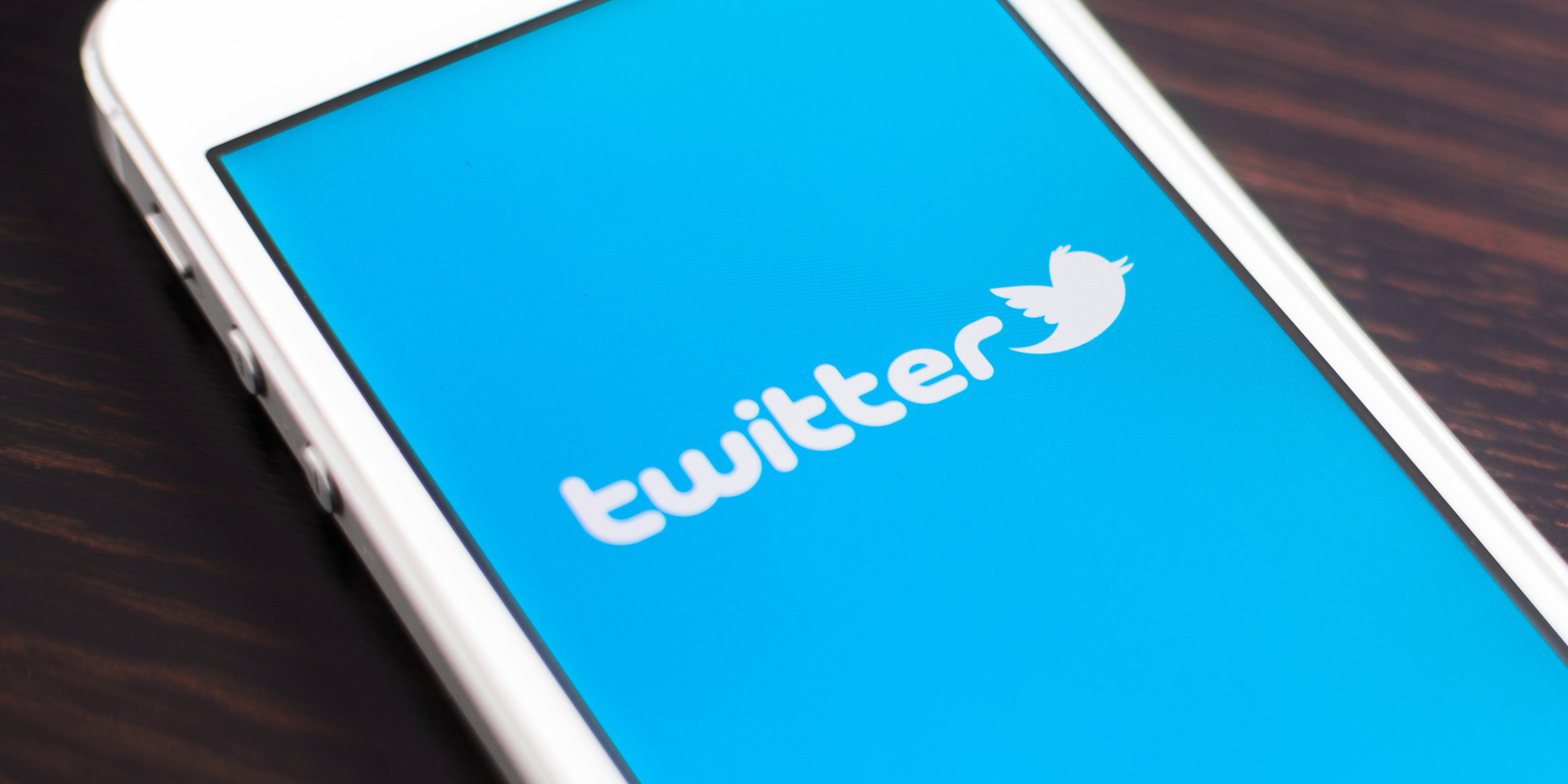

J&C Blog
Find all the latest marketing trends on the J&C Blog.

Find all the latest marketing trends on the J&C Blog.
Social media marketing brings with it dozens of types of meaningful interactions with your audience. With that in mind, it can be difficult for marketers to determine which key performance indicators (KPIs) they should be tracking. If you’re trying to put a dollar amount on the value of your social media, you first need to drill down to the ones that are important to your business. Here are some of the KPIs that usually matter the most.


Measuring the ROI of a social media advertising campaign is as important as it is difficult. Social media campaigns do a lot for a business that may not be immediately quantifiable, in terms of brand awareness, brand voice and brand identity. Nevertheless, it’s all but impossible to improve upon and optimize these campaigns if you can’t assign a dollar figure to their performance.
Once you've identified your key performance indicators, it's time to run some numbers.
Begin by determining the value of each customer. You can do this by averaging out the amount of money customers generally spend with your business throughout their entire relationship. Now comes the tricky part. You need to consider the conversion rating. For social media campaigns, it’s very difficult to track conversion — but it can be done. Here is an example:
And, of course, you must deduct the costs of your social media campaign. If your campaign currently costs $1,000 a month and you gain 1,000 followers a month, then the cost of each follower is $1. The actual return on spending is 10:1. Now you can compare this spending to other types of advertising campaigns, such as your PPC campaigns.
Knowing the ROI of your social media campaigns isn’t just important in expressing their value to higher-level executives and business owners. It also makes it far easier to project and predict performance. Even though social media campaigns can be a little difficult to pin down in terms of performance, it can be done — and sometimes even a rough estimate is better than no estimate at all. The more effective your reporting is, the more effective your marketing department will be — and the better your business outcomes will be.
Topics: Digital Marketing
303 E Wacker Drive, Suite 2030
Chicago, IL 60601
Phone: 312-894-3000
Fax: 312-894-3005